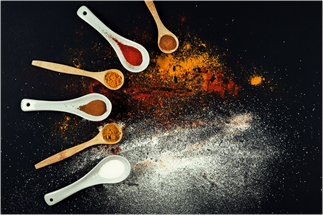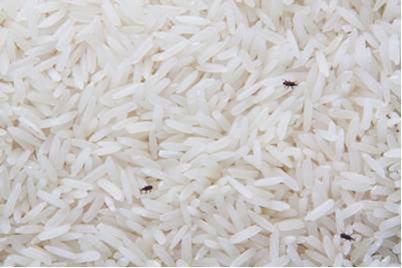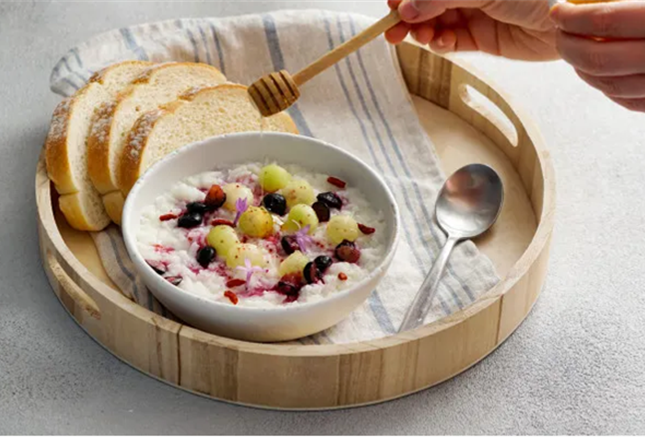What are food additives?
Food additives are chemical ingredients added to food, typically in very small amounts, that provide nutrition, colour, flavour or texture to food. As consumers, most of us are unfamiliar with the technical names or code numbers of food additives frequently found on food labels.
This article, therefore, provides more information on food additives and tips on how you can interpret the labelling of food additives the next time you go grocery shopping.
Why are food additives added to food?
Food additives perform various useful functions in food, such as:
Improving the taste, texture or appearance of food. Sweetening agents, such as sucralose, steviol glycosides and acesulfame-K, are often added to food in place of sugar to provide sweetness. Food colours, such as brilliant blue FCF and beet red, are added to enhance the appearance of food such as in candies. Emulsifiers and stabilisers, such as carrageenan and polyglycerol esters of fatty acids, give texture and consistency to food and leavening agents allow baked food to rise during baking.
Improving or maintaining nutritional value of food. Vitamins and minerals are added to food to enhance its nutritional quality, or to replace nutrients that are lost during processing.
Preserving food to ensure its safety during shelf-life. Preservatives, such as sorbic acid and benzoic acid, are added to various types of processed foods like jams, soft drinks or sauces etc. to slow down food spoilage caused by bacteria, fungi or yeast.
How does SFA ensure food additives are safe?
All food additives must be approved by SFA before they can be allowed for use in food sold in Singapore. The levels of permitted food additives used, both in imported or locally manufactured food, must also be within the maximum levels allowed under the Food Regulations. SFA also has in place a food sampling and testing programme to ensure compliance with these regulations.
When assessing the safety of a food additive, SFA takes reference from studies published by international scientific expert panel the Joint FAO/WHO Expert Committee on Food Additives (JECFA). Once an additive is deemed safe to consume, SFA will set regulatory standards (or maximum levels) for its use in food by taking reference from the international food standards setting body, the Codex Alimentarius Commission (CAC), which is formed by the Food and Agriculture Organisation (FAO) and the World Health Organization (WHO). SFA also takes into consideration local food consumption patterns and conducts our own risk assessments before adopting the appropriate standards for Singapore.
When international standards are not available, SFA takes reference from other developed countries, such as Australia, New Zealand, Canada, Japan, the United States and those in the European Union.
If you are keen to find out how you can interpret food additives listed on product labels, or to check if an additive is permitted for use in Singapore, you can refer to resources available on our SFA website.




